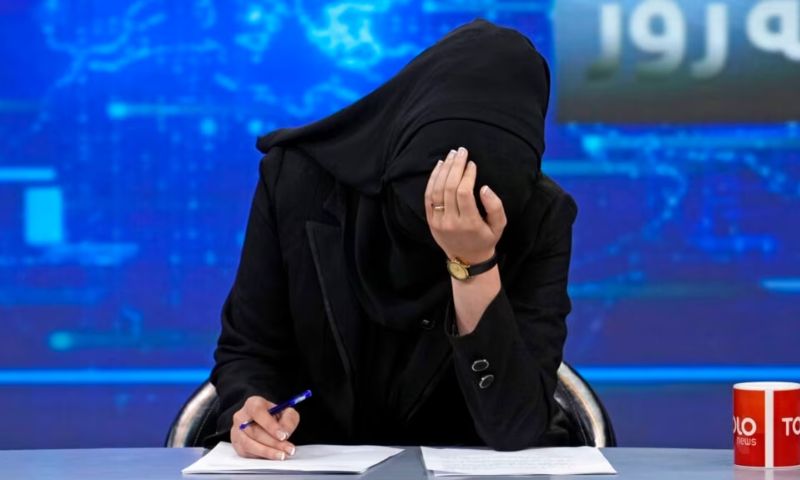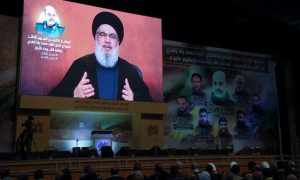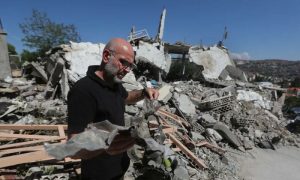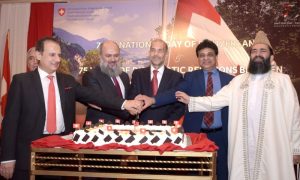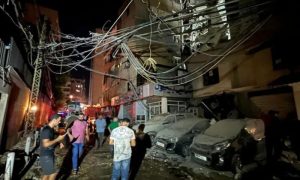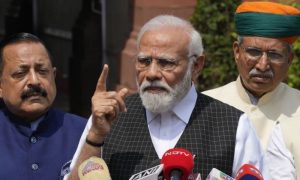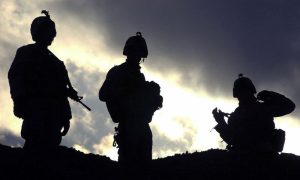KABUL: In the annals of Afghanistan’s recent history, a tale of resilience and determination emerges, personified by a young girl named Zarghona – a pseudonym chosen to protect her identity.
In the year 2016, against the backdrop of central-south Afghanistan, Zarghona embarked on an extraordinary journey. At a mere 14 years of age, she stepped into the realm of a local radio station nestled within Ghazni province. Her fervent desire to amplify her voice and make an impact spurred her forward. Initially entrusted with a youth-centric entertainment program, Zarghona’s innate charisma and untapped talents propelled her toward more intricate roles.
Recalling those transformative years, Zarghona fondly shares, “I hosted a culinary show, along with a program that aimed to foster cultural awareness.” Her voice echoes with a tinge of nostalgia, as she retraces the steps of her journey.
Fast-forward to 2021, and Zarghona’s career had blossomed into a radiant success. Dreams of pursuing higher education in journalism, nestled in Kabul, danced in her thoughts. Her aspirations extended to contributing to the national media tapestry in the heart of the capital.
However, the threads of fate took a sharp turn before the year’s closure.
August of that same year witnessed the swift rise of the Taliban, ushering in an era of dramatic change. Among their initial acts was the indefinite suspension of secondary education for girls. This decree cast a shadow over the dreams of countless young women, including Zarghona. The new regime’s embrace of Islamist principles further manifested in the termination of nearly all female public servants within the education and health sectors.
Radio and Television Afghanistan, the nation’s broadcasting beacon, witnessed the abrupt dismissal of all its female journalists. Simultaneously, the anchors of private TV channels found themselves compelled to wear face masks – a symbolic encapsulation of the larger narrative.
Imposing gender-based restrictions with unwavering resolve, the Taliban quashed the prospect of female journalists interviewing male government officials. They mandated the presence of a male chaperone for women at press conferences and curtailed their ability to travel for the purpose of reporting.
In these rules, deliberately designed to erase women from the journalism landscape, lies a disheartening reality for Zarghona and the multitude of young women who share her fervor for journalism.
Even within this bleak landscape, for approximately two years, Zarghona clung to the flicker of hope, yearning for an announcement that would herald the reopening of schools and universities for girls. She longed for the day when women would regain their rightful place in the workforce.
Yet, for some, the flames of hope have been extinguished.
Peering into a future shrouded in uncertainty, Madina Bamyani – a journalist hailing from the central Bamyan province – shares her perspective, albeit under the guise of a pseudonym. “The future appears increasingly dim. The constraints against women are multiplying relentlessly, and the Taliban remain indifferent to our plight,” she confides.
The voices of Zarghona, Madina Bamyani, and others who spoke to VOA for this piece bear testimony to a truth veiled in fear. These brave journalists, still living within Afghanistan’s borders, cloak themselves in anonymity, wary of the potential repercussions of the current regime.
In a time of seismic shifts, where dreams are shattered and ambitions stifled, the tenacity displayed by Afghan women like Zarghona and Madina Bamyani remains a beacon of hope. As the world watches this evolving narrative, may their stories underscore the indomitable spirit of women who strive to carve their mark in the face of adversity.









